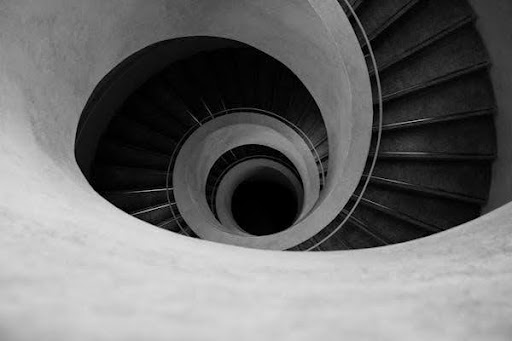Packaging foam, typically associated with protective wrapping and cushioning, has an unexpected and creative application far beyond its conventional use. This material, particularly polyurethane foam, has transcended its industrial origins to become a significant medium in the realms of art and sculpture. This transformative journey from a utilitarian substance to a source of artistic expression underscores the material’s versatility and its ability to shape the world of art and sculpture in profound ways.
Table of Contents
The Roots and Evolution of Sculpting Foam
The story of sculpting foam begins with a quest to transcend the limitations of traditional materials and breathe life into artistic visions. Initially developed for the construction industry, foam quickly found a niche within the art world, offering artists and sculptors an unprecedented freedom to experiment with form, texture, and scale. Sculpting foam, especially polyurethane, has evolved from a practical solution for lightweight constructions into a vibrant art form that challenges traditional perceptions and invites innovative exploration.
The Diversity of Foam Sculpting Techniques
Foam’s adaptability shines through in the variety of forms it can take, such as expanded polystyrene (EPS) and extruded polystyrene (XPS), each offering distinct benefits for artistic creation. Artists can select from an array of sculpting techniques, including carving and molding, and even employ advanced technologies like CNC milling and 3D printing, thus expanding the horizons of what can be achieved with this versatile material.
The Artistry and Innovation Behind Foam Sculpting
The process of creating foam sculptures is a harmonious blend of artistic vision and technical skill. This involves meticulous sculpting, precise detailing, and sometimes the application of protective coatings to enhance durability and longevity. Foam’s capacity to replicate complex details and textures allows artists to craft works with incredible realism or fantastical abstraction, embodying the full spectrum of creative potential.
Foam Sculpting’s Impact on Entertainment and Art
Foam sculptures have significantly influenced both the entertainment industry and the contemporary art scene. In entertainment, they provide filmmakers and stage designers with the tools to bring imaginative concepts to life, creating memorable visual experiences. In the art world, foam sculptures challenge conventional artistic norms, offering new ways for artists to express their creativity and for audiences to engage with the artwork.
Foam Sculpting in Design and Architecture
The use of foam extends beyond art and entertainment, making a notable impact in design and architecture. Designers and architects utilize foam sculpting to create bespoke architectural elements and installations, combining aesthetic appeal with practicality. This fusion of art and utility exemplifies foam’s transformative capacity, enabling creators to push the boundaries of traditional design and architectural practices.
The Strength and Versatility of Polyurea in Foam Sculpting
Polyurea coatings enhance the durability and resilience of foam sculptures, making them suitable for a variety of environments, including outdoor settings. This adaptability ensures that foam sculptures can endure over time, maintaining their aesthetic qualities and structural integrity despite exposure to the elements.
Polyurethane Vertical Gardens and Innovative Art Installations
Polyurethane foam has also revolutionized the concept of vertical gardens, blending art with sustainability. These living artworks demonstrate foam’s ability to support green initiatives and create visually stunning installations. Furthermore, polyurethane’s role in creating innovative art forms extends to various domains, showcasing its versatility and capacity for creative expression.
Embracing Modernity with Polyurethane in Art
The modern art scene has embraced polyurethane for its ability to transform artistic ideas into tangible realities. Artists leverage this material to create pieces that resonate with contemporary themes, merging functionality with aesthetic appeal. This integration signifies a broader trend of utilizing advanced materials to push the boundaries of traditional art forms.
Polyurethane’s Contribution to Thematic Artworks
Polyurethane foam plays a pivotal role in thematic art installations, providing artists with a medium that is both versatile and expressive. Its use in crafting intricate designs and elaborate sculptures underscores the material’s significant impact on the art world, enabling the realization of complex artistic concepts and innovative displays.
The Bottom Line
Its transformative journey from simple packaging material to a cornerstone of artistic innovation exemplifies its versatility, resilience, and the profound impact it has on shaping creative expression. As artists continue to explore and push the boundaries of this medium, polyurethane foam is set to remain at the forefront of artistic and sculptural advancement, continually redefining the landscape of visual and functional art.





